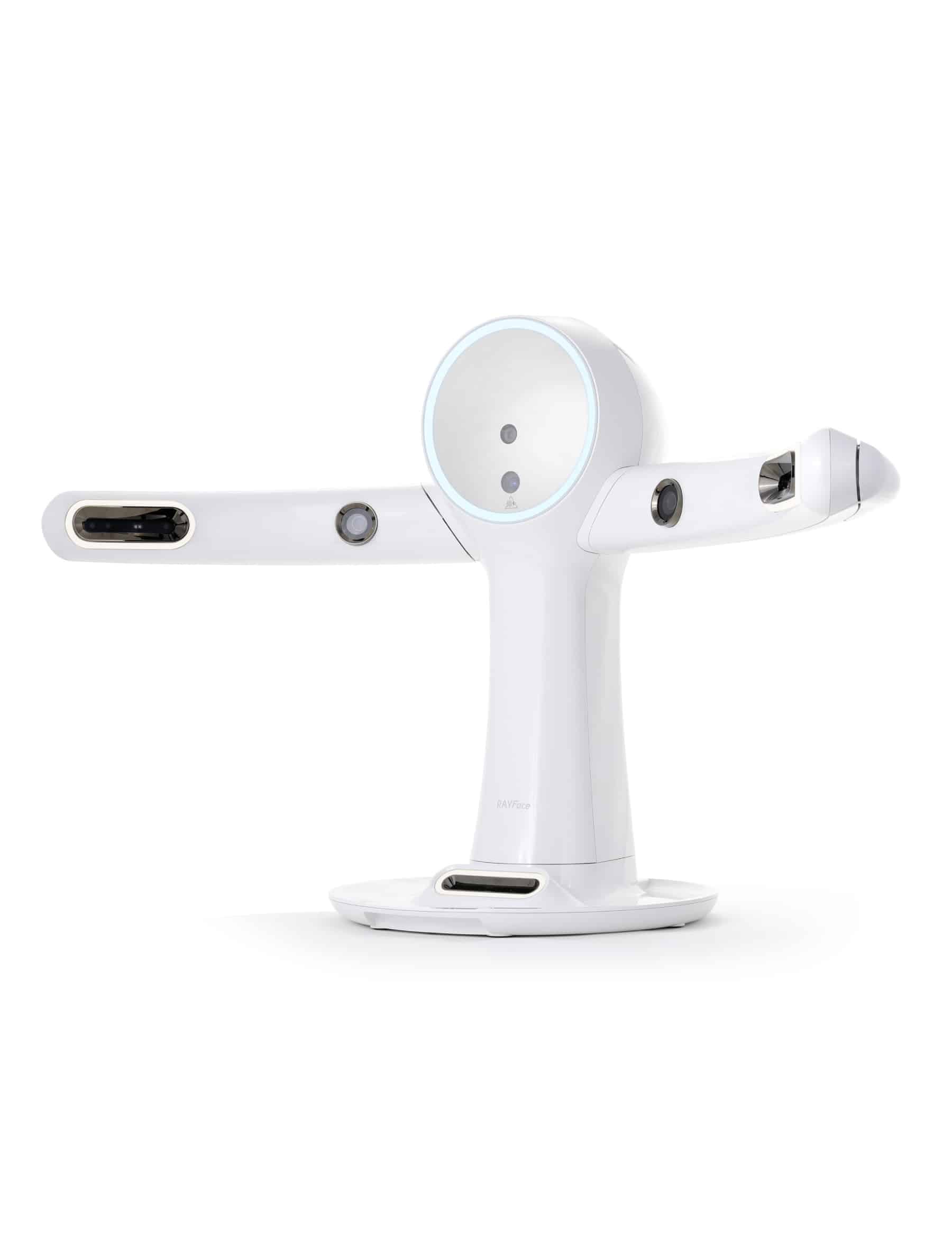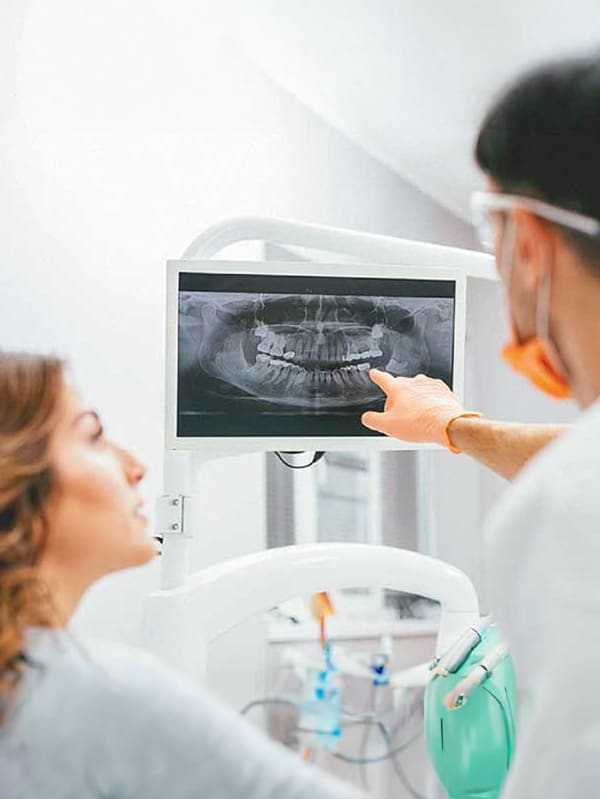
General Checkups
During your check-up, our friendly dental team will perform a thorough evaluation, looking for any signs of decay, gum disease, or other dental issues. We will also check for any abnormalities in your bite, jaw, and soft tissues.
Our Dental Check-Up typically includes:
Visual Examination:
Digital X-Rays:
Professional Cleaning:
Gum Health Assessment:
Oral Cancer Screening:
Discussion and Education:
Nutritional Counseling:
Visiting the Dentist while Pregnant
If you are planning to have a baby it is a good idea to visit the dentist before the delivery of your new family member to treat any teeth or gum disease to reduce bad bacteria in your mouth and prevent pathogens from transmitting to the newborn with kisses and close contact. If your smile is important for you, it will be important for your children too.
Dental care is an important aspect of total prenatal care. When the mother has a healthy mouth and teeth, she is protecting her unborn child. Untreated tooth and periodontal disease can increase the risk of giving birth to preterm, low-birth-weight baby.
Pediatric Dentistry
Once the first tooth is out, it is time for the first dental visit. Early checkups help prevent cavities and tooth decay, which can lead to pain, trouble concentrating and other medical issues. Our goal is to engage our patients in a preventing approach to minimize the risk of oral diseases in a fun setting for our children. Call today to learn more.
Pediatric Dental Expertise
- Exams
- Sports Mouth Guards
- Cleaning
- Instructional Hygiene Methods
- Bad Habits Counseling
- Nutritional Tips/Counseling
- Sealants
- Fluoride
- Fillings
- Crowns
- Extractions
- Trauma
Ensure Your Child’s Oral Health Is Strong
As a Pediatric dentist we are dedicated to the oral health of children from infancy through the teen years. We have the experience and qualifications to care for a child’s teeth, gums, and mouth throughout the various stages of childhood.
Important notice for our minor’s biological parents and guardians.
We kindly ask you to come to the first visit to discuss guidelines and treatment options, and assign a responsible adult to accompany the children in future visits if you cannot bring them to the office. We also asked you to stay in the office until the treatment is completed.
Call us to allow your little ones to enjoy a stress-free dental visit.


Dental Implants
Dental implants are the closest you can get to healthy, natural teeth. They allow you to live the way you want to – confidently eating, smiling, laughing, talking, kissing and enjoying all of your everyday activities without worrying about your teeth. There are two main types of implants: Endosteal: These dental implants are placed in the jawbone. Typically made of titanium and shaped like small screws, they are the most commonly used type of implant. Subperiosteal: These dental implants are placed under the gum but on, or above, the jawbone.
What are Dental Implants?
Think of dental implants as artificial tooth roots, similar in shape to screws. When dental implants are placed in your jawbone (A), they bond with your natural bone. They become a sturdy base for supporting one or more artificial teeth, called crowns.
A connector – known as an abutment – is placed on top of the dental implant to hold and support your crowns. The crowns are custom-made to match your natural teeth and fit your mouth.
Modern dental implants have been used successfully for over 30 years. They are the strongest devices available to support replacement teeth – and even better, they allow these new teeth to feel, look and function naturally.
When performed by a trained and experienced dental implant dentist, dental implant surgery is one of the safest and most predictable procedures in dentistry.
Gum Recession
Beautiful smiles are the result of several elements: the teeth, the gums and the lips. Tissues surrounding your teeth can be added (Grafting) or subtracted (Crown lengthening) to give you a healthy and natural appearance, while providing a proper framework for esthetic crowns or veneers.
Traditional Gum Grafting
During this procedure, the doctor may remove tissue from the roof of the patient’s mouth (i.e., a Connective-Tissue Graft or a Free Gingival Graft) or from a location close to the exposed root she is covering (i.e., a Pedicle Graft. She uses the tissue she collects to cover the exposed roots along the patient’s gumline.
The AlloDerm® Gum Graft
We can perform soft tissue grafting in multiple areas of the mouth without having to remove the patients own tissue. When AlloDerm® gum grating procedure is used, soft tissue grafting material from donated human tissue is used to cover exposed roots.
Keep your smile healthy and confident with periodontics
Gum disease is a chronic inflammatory disease that, when left untreated, can eventually result in tooth loss. It’s often identified by red, swollen or inflamed gums, chronic bad breath or bleeding when brushing or flossing, and can cause discomfort as it enters into more advanced stages, referred to as periodontitis.
To eliminate harmful, gum disease-causing bacteria and restore the health of your gums, your doctor may recommend gum disease treatment. Various treatment options include scaling and root planning for mild cases and debridement with osseous surgery for more advanced cases. We can determine which option is right for you at your consultation.
Periodontal treatments aim to treat gum disease and any damage it may have caused by:
- Regrowing damaged bones and tissues
- Preventing tooth loss
- Reducing gum gaps between teeth, known as black triangles
- Reshaping the jaw hone to lower the risk for bacterial growth in bone crevices
- Eliminating bacteria and infection
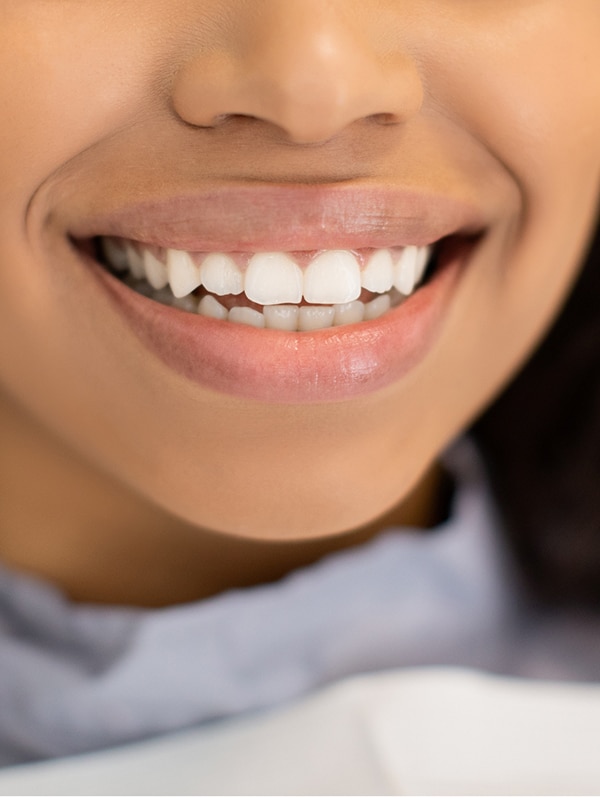

Cosmetic Dentistry
Have you ever looked in the mirror and wished you had a better smile with straight, white teeth? If you are feeling ashamed of your smile, don’t worry, we can help. Experience a Complete Smile Makeover at Westland Dental Group. We offer a variety of cosmetic dental services that are aimed at making your smile the brightest and happiest smile there is. Our smile enhancement services will not only bring you a brighter smile, but will also help you restore confidence that you may have lost.
What we offer:
- Porcelain Crowns And Bridges
- Veneers
- Teeth Whitening
- Tooth Colored Fillings
- Invisalign
- Inlays and Onlays
Restorative Dentistry
A dental restoration or dental filling is a treatment to restore the function, integrity, and morphology of missing tooth structure resulting from caries or external trauma as well as to the replacement of such structure supported by dental implants. Restorative dentistry refers to management and procedures that your dentist performs to keep your mouth healthy and functional. These procedures include putting in dental implants, dentures, fillings, and crowns.
What is Dental Restoration?
Restorations are the various ways your dentist can replace or restore missing teeth or missing parts of the tooth structure. Tooth structure can be missing due to decay, deterioration (weakening) of a previously placed restoration, or fracture of a tooth.
What is Restorative Dentistry? If you look up “restore” in the dictionary it reads, “to return something to an earlier or original condition by repairing it, cleaning it, etc.” The beauty of restorative dentistry is that it can often go beyond restoration to actual improvement of the original!
Even though most of us have access to extremely good dental care, there are still millions of Americans who suffer from tooth loss. The most common causes of tooth loss are tooth decay, periodontal disease, or injury. For a long time the only way to treat tooth loss was with bridges and dentures, but now there is another option — dental implant surgery.


Orthodontic services
Orthodontics is a specialty within dentistry that focuses on correcting bites, occlusion, and the straightness of teeth. The purpose of orthodontic treatment is to create a healthy bite—straight teeth that properly meet opposing teeth in the opposite jaw. A good bite makes it easier for you to bite, chew and speak.
What we offer:
- Phase I (mixed dentition)
- Phase II (permanent dentition)
- Bad habits control therapy
- Interceptive Orthodontics
- Invisalign
Sedation Dentistry
Do you feel stressed when faced with a visit to the dentist? Ask us about sedation dentistry. It’s ideal for patients who have experienced discomfort or anxiety during previous dental visits. We’ll eliminate any stress and anxiety from your visit without our sedation dentistry. You’ll be relaxed and pain-free while we work.
We offer:
- Oral Sedation
The rapidly advancing medical technology creates a new era of painless dentistry. Dentists and their patients are no longer satisfied with merely curing the diseases, but they also want a painless treatment. In the felid, of anesthesia, this has been made possible with the continual development of nitrous oxide and oxygen sedation.
Since its discovery more than 160 years ago, nitrous oxide has been used to provide pain and anxiety relief for patients undergoing surgical procedures with a remarkable safety record. It is proven to be a safe and effective approach, easy to grasp and readily accepted, an art that is truly welcomed in today’s modern dental practice.
Let us take care of your dental needs so you can keep smiling.
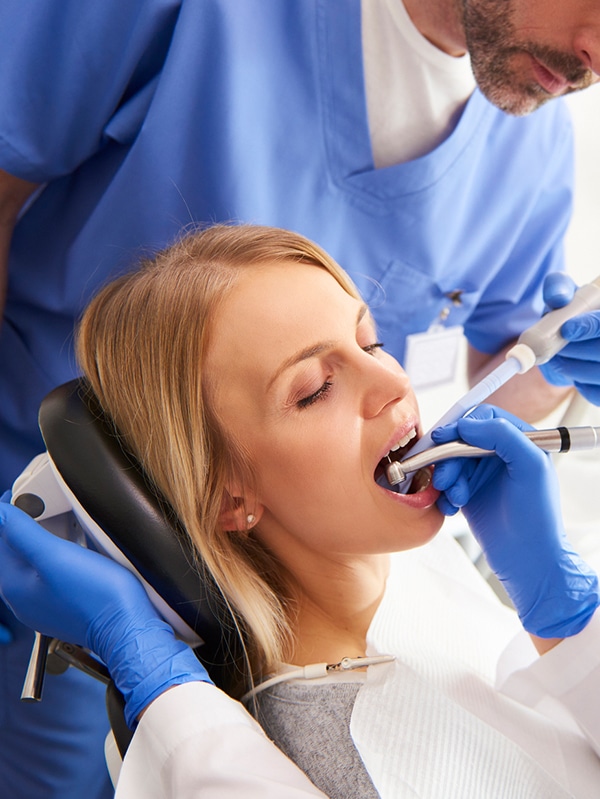
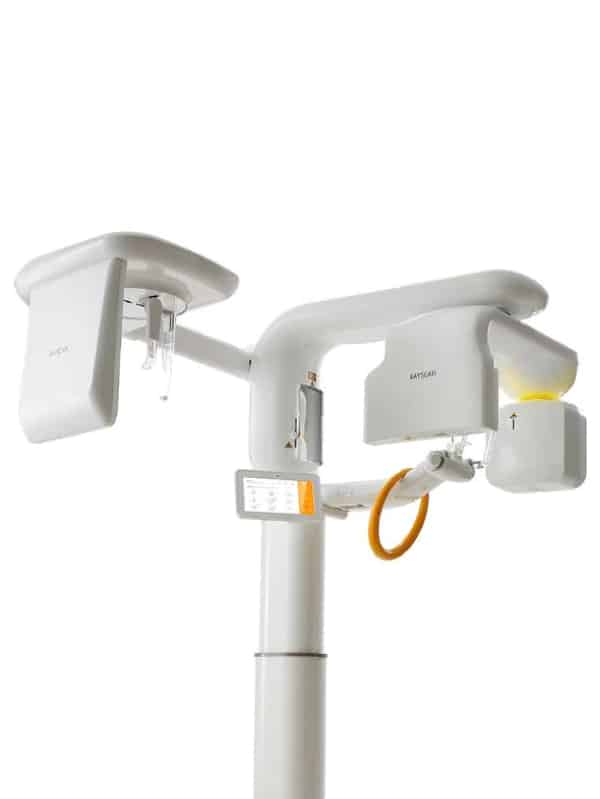
CT Scan
In dental clinics, CT scans are often used to obtain detailed 3D images of the oral and maxillofacial structures, including teeth, jawbones, and surrounding tissues. These scans provide valuable information for diagnosis, treatment planning, and evaluation in various dental procedures. Here are some common applications:
Implant Planning
Endodontics
Orthodontics
Oral and Maxillofacial Surgery
Face Scan
A face scan refers to the process of capturing and analyzing the unique features of an individual’s face. It is often performed using 3D scanning technologies, such as structured light or laser scanners, to create a digital representation of the face. Face scanning technologies can be used in dental clinics for various purposes, including:
1. Treatment Planning: Face scans provide detailed 3D information about a patient’s facial structure, including the relationship between the teeth, jaws, and soft tissues. This aids in creating personalized treatment plans for orthodontic treatment, orthognathic surgery, and smile design.
2. Prosthetic Dentistry: Face scans help in designing and fabricating customized dental prosthetics, such as crowns, bridges, and dentures, that closely match the patient’s natural facial features and esthetics.
3. Cosmetic Dentistry: Face scans assist in smile design simulations, allowing patients to visualize potential outcomes of cosmetic dental procedures like veneers or teeth whitening.
Intraoral Scan
Intraoral scans have become increasingly popular in dental clinics due to their advantages over traditional dental impressions:
1. Restorative Dentistry: Intraoral scans create digital impressions of the teeth, eliminating the need for messy impression materials. The digital models can be used to design and fabricate precise dental restorations like crowns, bridges, and inlays/onlays.
2. Orthodontics: Intraoral scans are used to create digital models of the teeth, facilitating the design and fabrication of clear aligners (such as Invisalign) for orthodontic treatment. The scans also aid in monitoring tooth movement progress.
3. Bite Analysis and Occlusion: Intraoral scans capture accurate bite registrations, allowing dentists to assess the patient’s occlusion and make necessary adjustments for restorative or orthodontic treatments.
4. Patient Education: Intraoral scans provide patients with a visual representation of their oral condition, aiding in patient education and communication about treatment options.
